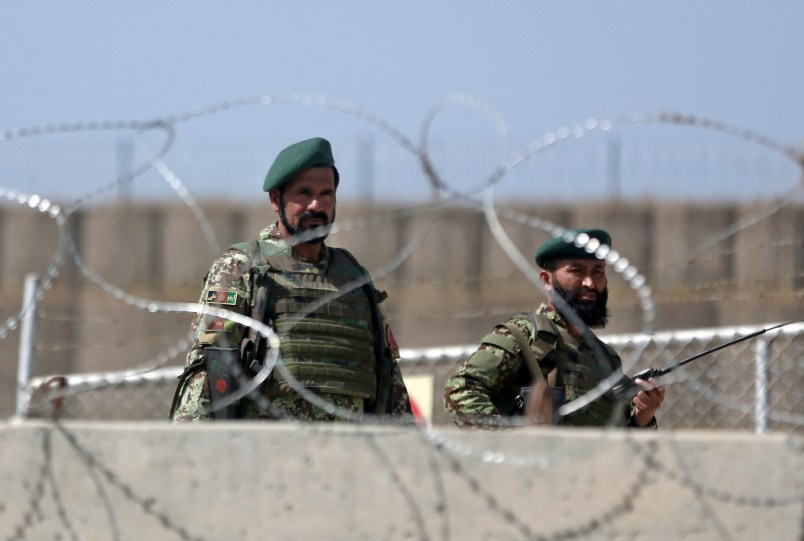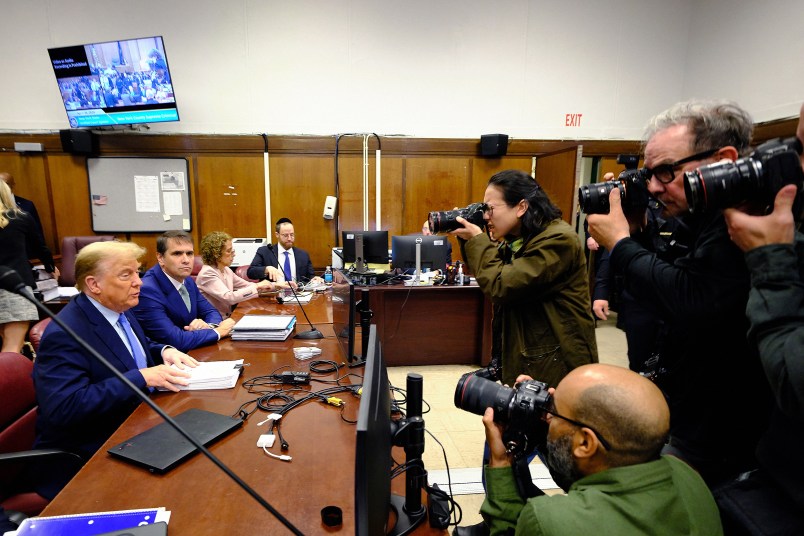KABUL, Afghanistan (AP) — U.S. officials prepared Wednesday to fly the body of a two-star general slain in an Afghan “insider attack” back home, as a similar attack saw an Afghan police officer drug and shoot dead seven of his colleagues, authorities said.
The investigation into the killing of Maj. Gen. Harold J. Greene, the highest-ranked U.S. officer to be slain in combat since 1970 in the Vietnam War, continued Wednesday without any clear answers into why a man dressed in an Afghan army uniform opened fire. The shooting wounded about 15 people, including a German general and two Afghan generals.
In a statement, NATO said Greene’s body was being prepared to be flown to the U.S. via Dover Air Force Base in Delaware.
“Our thoughts and prayers are with Maj. Gen. Greene’s family, and the families of our soldiers who were injured yesterday in the tragic events that took place in Kabul,” NATO said. “These soldiers were professionals, committed to the mission.”
Greene, a 34-year U.S. Army veteran, was the highest-ranked American officer killed in combat in the wars in both Afghanistan and Iraq. About half of the wounded in Tuesday’s attack at Marshal Fahim National Defense University were Americans, several of them reported to be in serious condition.
Early indications suggested the Afghan gunman who killed the American general was inside a building and fired indiscriminately from a window at the people gathered outside, a U.S. official said. There was no indication that Greene was specifically targeted, the U.S. official said. The official was not authorized to speak publicly by name about the incident and provided the information only on condition of anonymity.
The site of the attack is part of a military compound known as Camp Qargha, sometimes called “Sandhurst in the Sand”— referring to the famed British military academy — because British forces oversaw building the officer school and its training program.
The attack at underscored the tensions that persist as the U.S. and NATO troops’ combat role winds down in Afghanistan — and it wasn’t the only assault by an Afghan ally on coalition forces on Tuesday. In eastern Paktia province, an Afghan police guard exchanged fire with NATO troops near the governor’s office, provincial police said. The guard was killed in the gunfight.
A third “insider attack” happened late Tuesday in the Uruzgan provincial capital of Tirin Kot, where an Afghan police officer killed seven of his colleagues at a checkpoint, then stole their weapons and fled in a police car, provincial spokesman Doost Mohammad Nayab said.
A doctor at a local hospital told The Associated Press it appeared the police officer drugged his colleagues before the shooting. The doctor spoke on condition of anonymity as he wasn’t authorized to release the information. Nayab later denied that the police officers had been drugged and said the officer involved had Taliban connections, without elaborating.
Asked if the shooting was linked to the attack that killed the U.S. general, authorities in Uruzgan said they had no information about it.
So-called “insider attacks” in Afghanistan rose sharply in 2012, with more than 60 coalition troops — mostly Americans — killed in 40-plus attacks that threatened to shatter all trust between Afghan and allied forces. U.S. commanders imposed a series of precautionary tactics and the number of such attacks declined sharply last year. In 2013, there were 16 deaths in 10 separate attacks.
Such “insider attacks” are sometimes claimed by the Taliban insurgency as proof of their infiltration. Others are attributed to personal disputes or resentment by Afghans who have soured on the continued international presence in their country more than a dozen years after the fall of the Taliban’s ultra-conservative Islamic regime.
Foreign aid workers, contractors, journalists and other civilians in Afghanistan are increasingly becoming targets of violence as the U.S.-led military coalition continues a withdrawal to be complete by the end of the year.
On Tuesday, Taliban spokesman Zabihullah Mujahid praised in a statement the “Afghan soldier” who killed Greene. He did not claim his group carried out the attack, although in the past the Taliban have encouraged such actions.
___
Khan reported from Kandahar, Afghanistan.
___
Associated Press writers Robert Burns in Washington and Rahim Faiez contributed to this report.









